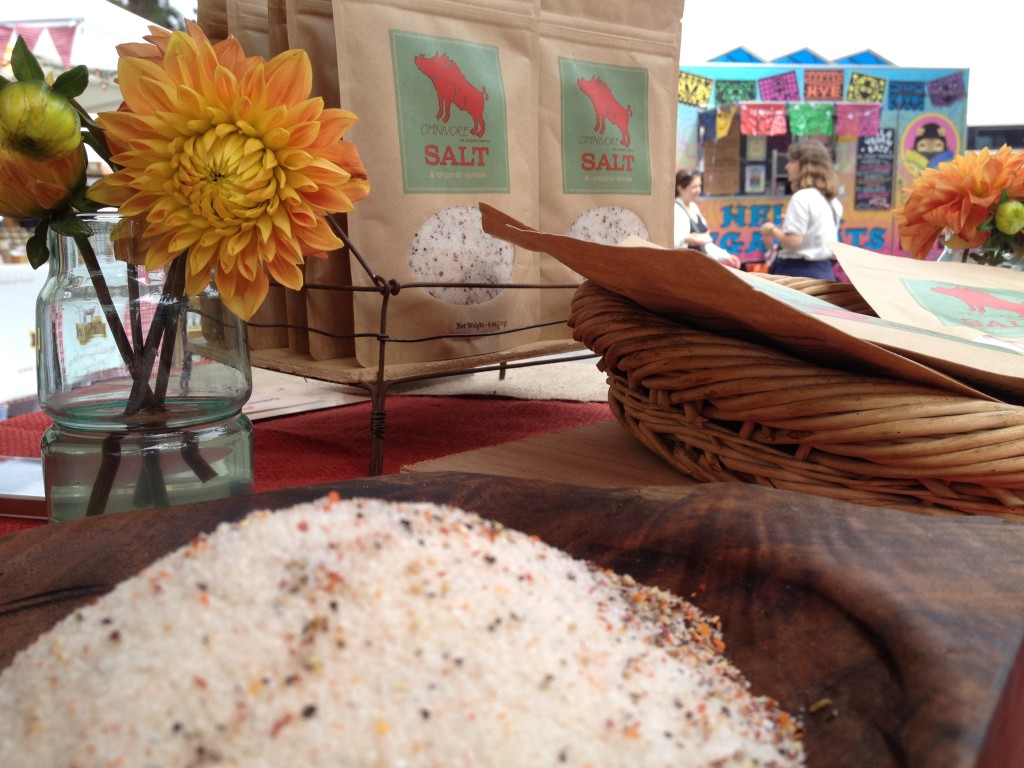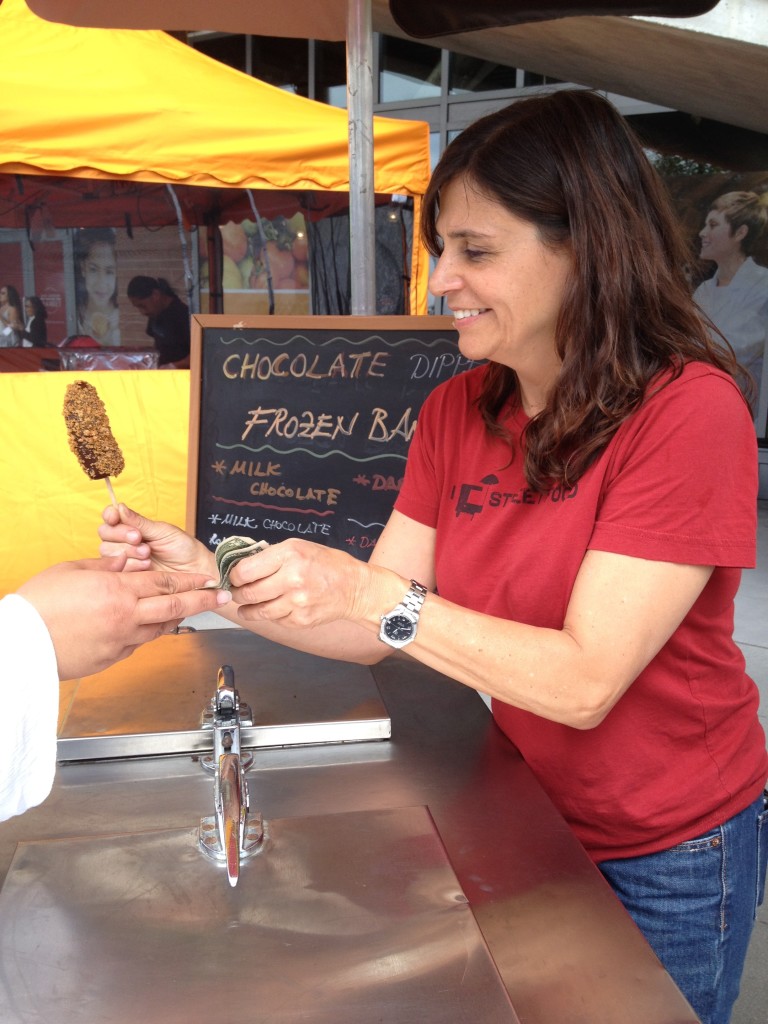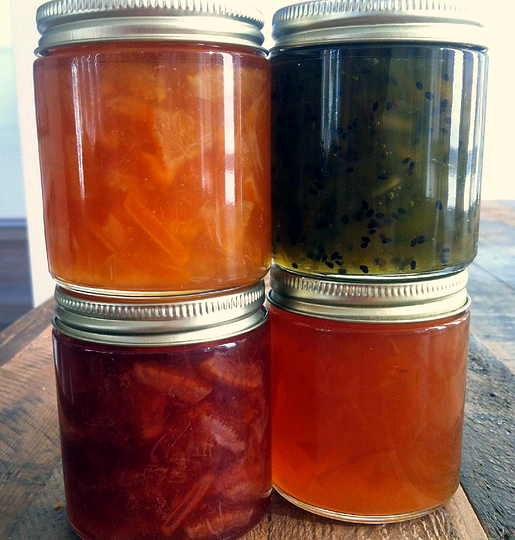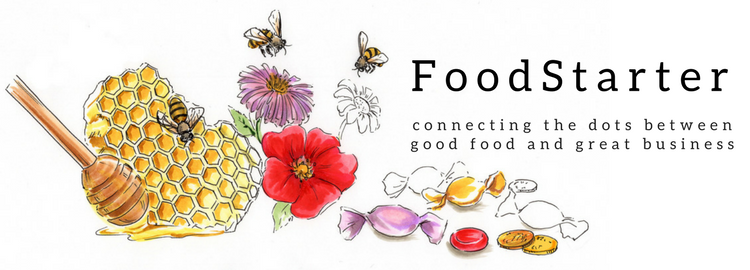The 2014 Eat Real Festival in Oakland is a chance to eat, drink and catch up, sample and buy from local food crafters. At the same festival in 2011, we were advocating a law to allow making food at home in California.
So it was fun to check in with a few several year-old food artisans and ask: Where are you making your food products? The answers were as diverse as the products and the makers’ overall goals:
1) An incubator kitchen and community provides support to get started, promote your products and access lower priced ingredients and services
Adriana sampled her Sal de Vida Gusano Chile finishing salt. Gusano? Yes, that worm most often seen in a drunken blur at the bottom of a mezcal bottle. Talk about on-trend! I knew she had started out at the San Francisco incubator La Cocina and wondered if she was now making the salts at home under California’s Homemade Food Act, to save money. Adriana’s answer shows that money can’t buy the support, promotion, a community that La Cocina offers…that enriches her life and business.

Sal de Vida Gourmet got incubated at La Cocina in San Francisco and founder Adriana Almazan Lahl really appreciates staying connected to La Cocina.
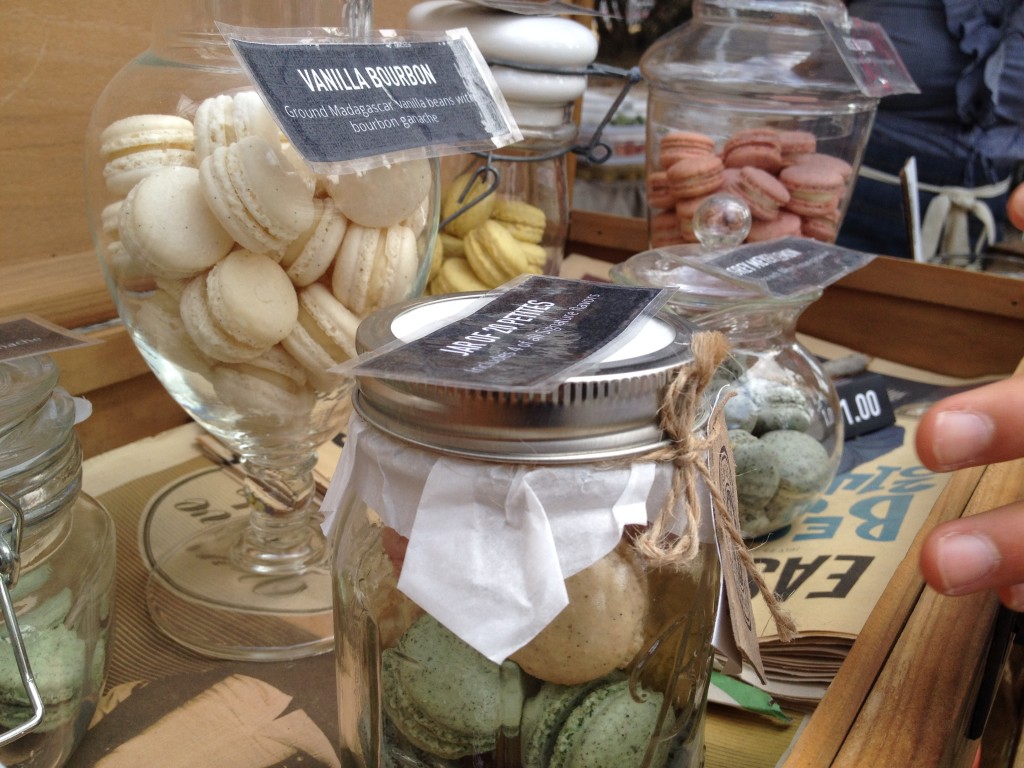
These beautiful SOS Bakeshop naturally flavored macarons come to life at Kitchener Oakland, a shared commercial kitchen space.
2) A dedicated production factory is the ticket for super spicy super specialized canned products
Sosu Sauces rocked a Kickstarter campaign and now has a small line of spicy, natural sriracha-themed products.
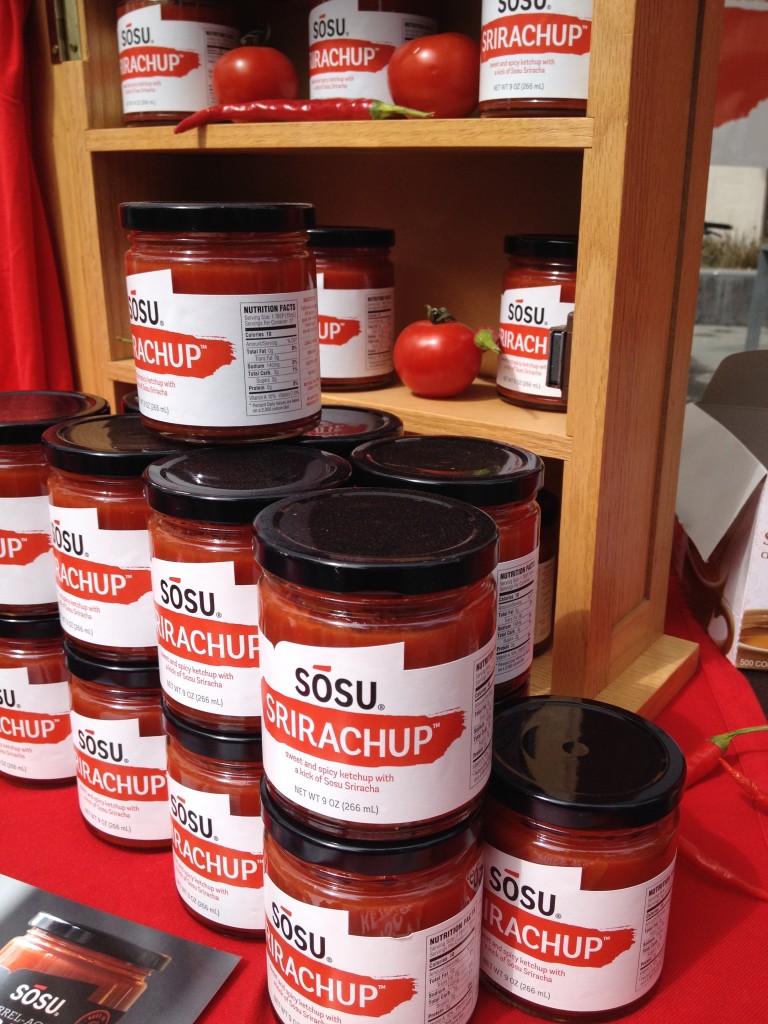
Srirachup is handmade in the Bay Area, using about two pounds of freshly-picked organic California tomatoes.
3) A co-packer can manufacture for you, especially useful when taking the spicy track
Chiles and herbs are the secret sauce behind Omnivore Salts, launched thanks to a madly successful Kickstarter campaign. To help them scale production as distribution increases, and prepare their foods in an environment that is all set up for processing chile peppers, they chose to contract production to a co-packer (contract manufacturer).
4) Start up your own production kitchen
Happy Girl Kitchen is one of the examples in Good Food, Great Business of a multi-pronged business that lends to a really fun life (This smile wasn’t just for the camera…it’s pretty often there). Todd and Jordan Champagne set up a cafe and production kitchen in Pacific Grove, CA where they make pickles and preserves in giant vats, sometimes with the help of community.
At the Eat Real Festival their new array of products showed how having your own space and following the old school artisan path can pay off in flexibility and interestingness.

Happy Girl Kitchen has immense flexibility in making pickles and jams in their own kitchen, the old fashioned way.
5) At home under a cottage food law
Saba makes and sells her jam part time, while keeping her day job. So California’s Homemade Food Act lets her do just that, at a low cost, while preserving the harvest and connecting with jam lovers.

